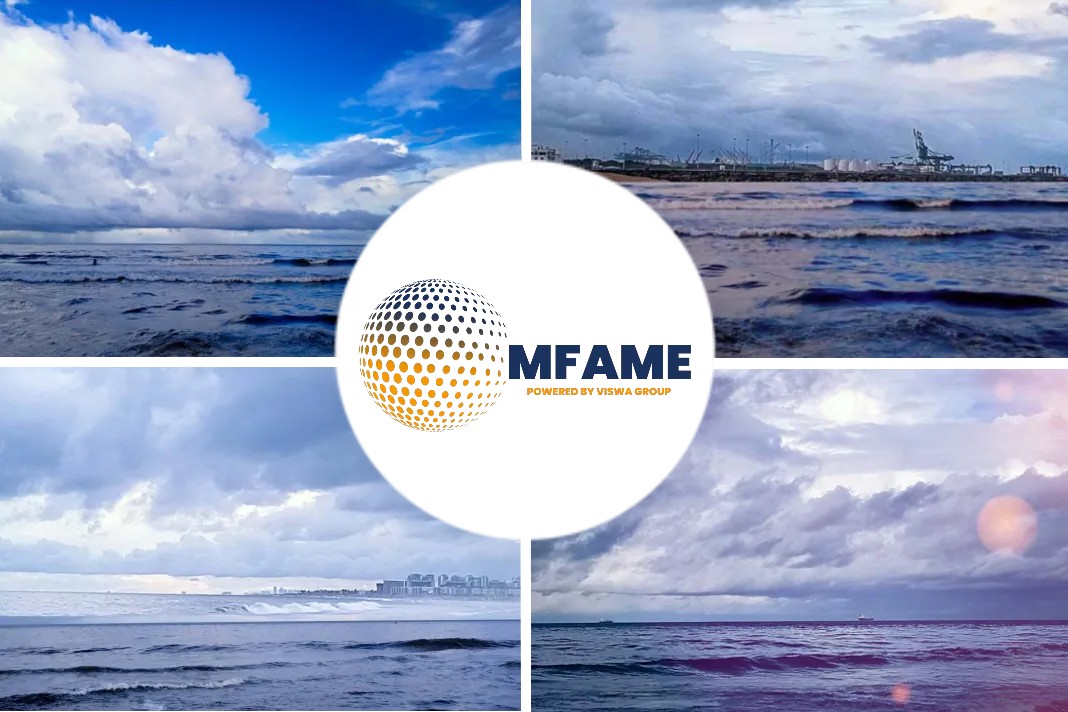- An ongoing surge in the cost of shipping goods around the world is prompting manufacturers and their customers to scramble for cheaper solutions.
- Exporters, importers and their agents consider buying their own shipping containers and chartering vessels to avoid the sky-high costs and delays of existing services.
- Most of the 25 million containers in global use are owned or leased by about a dozen ocean carriers including A.P. Moller-Maersk A/S and China’s Cosco Shipping Holdings Co.
A recent Bloomberg article written by Enda Curran highlights how global trading is fighting its way for a feasible solution due to growing shipping costs.
Scarcity in China for steel boxes
The steel boxes are still scarce on routes from China, the world’s biggest trading nation. Exporters in Asia complain that rates to move freight to Europe or the U.S. jumped fivefold in the past year.
One large maker of toys such as Sea-Monkeys says buyers are deferring shipments until prices cool down.
If it persists, the crunch threatens to dim hopes of a smooth recovery from the world economy’s pandemic slump.
While a boom in demand for work-from-home technology and medical equipment fueled a sharp rebound in trade, pressures on the supply side are straining inventories and weighing on balance sheets.
“We still have a backlog that’s the highest we’ve had in our history,” Clarence Smith, chairman of 135-year-old Haverty Furniture Cos. of Atlanta, said on a conference call last week.
“We’re paying a premium to get the product to make sure we can serve our customers” and “we are increasing prices.”
Overlooked Effects
In the U.S., the volume of imported goods accounts for about 12% of gross domestic product and most arrive by sea.
Because U.S. import price indexes don’t include information about cargo rates, “shipping cost pressures act as an additional, but often overlooked, channel through which imports affect aggregate price growth,” the Kansas City Fed paper said.
Others are thinking along the same lines. Brian Sondey, chief executive of container leasing firm Triton International Ltd. of Hamilton, Bermuda, said some shippers of cargo are looking to buy their own boxes and “finding that somehow it’s a net lower price.”
All Stops
Some of supply pressure may ease in coming months, given container throughput at Shanghai Port increased by more than 20% during the Lunar New Year holiday compared with a year ago.
And throughput at Ningbo Zhoushan Port rose about 29%, Xinhua reported, citing data from from the China Ports & Harbours Association.
Li Muyuan, vice president of the China Container Industry Association, which represents container manufacturers, wrote in an article this month that the container shortage had reduced slightly from the final quarter of last year.
Chinese manufacturers produced 440,000 containers in January, he added, roughly equal to market demand for new containers.
Sea-Monkeys
Toymaker Dave Cave, who runs Hong Kong-based Dragon-I Toys — one of the world’s biggest manufacturers of toy dinosaurs and whose products include aquatic pets called Sea-Monkeys and Chatimal the Talking Hamster — said it’s not worth shipping some toys given the tight margins already in the industry.
He warns that unless conditions improve, retailers may raise their prices. “If nothing changes between now and the end of May, everyone who is shipping will land products at a much higher price than the actual products already in the store,” he said in an interview.
At this stage, though, many economists remain sanguine on the inflation threat and don’t expect shipping costs to materially dent shopping baskets in the U.S. and Europe.
Did you subscribe to our daily newsletter?
It’s Free! Click here to Subscribe!
Source : Bloomberg























